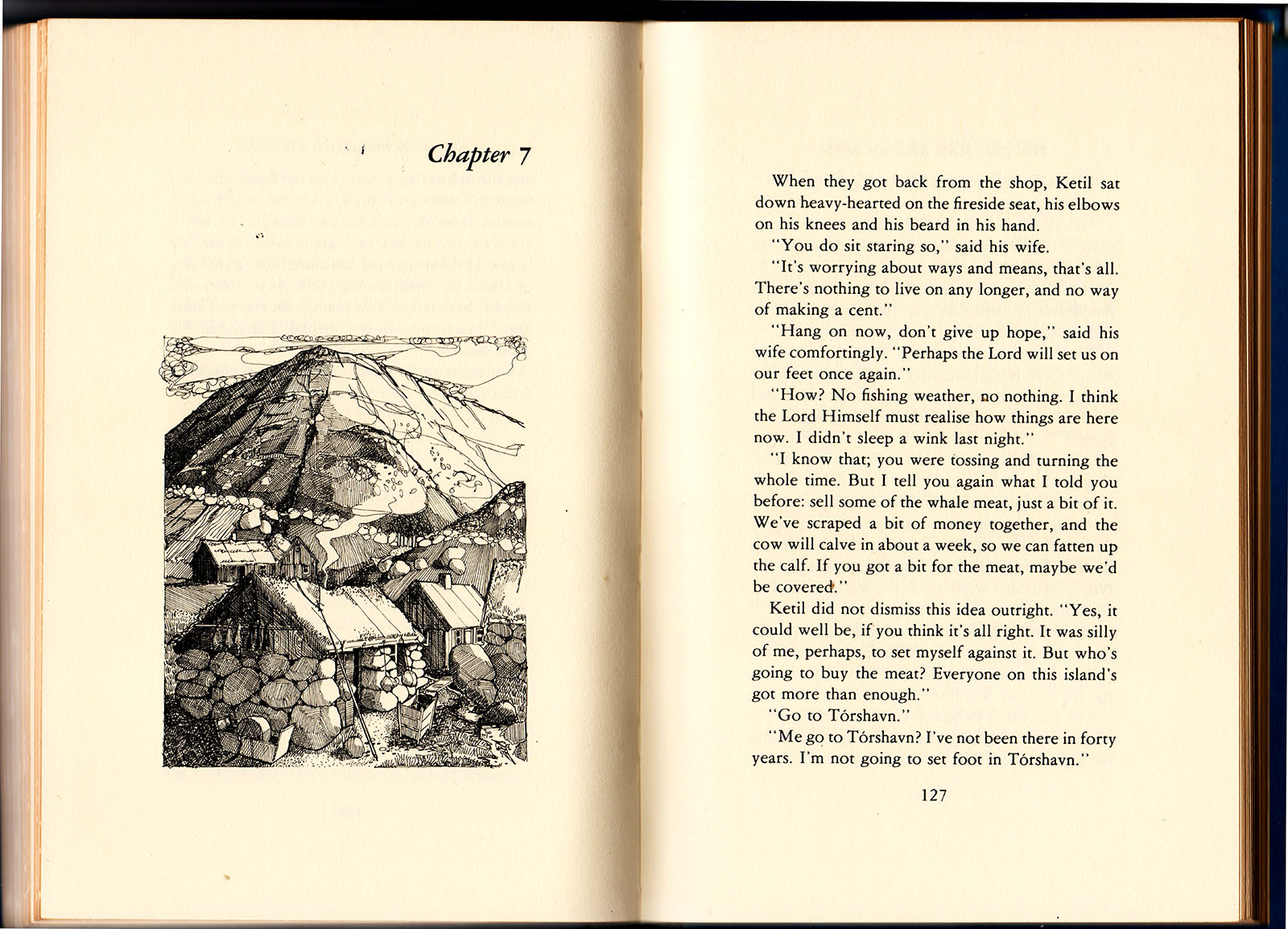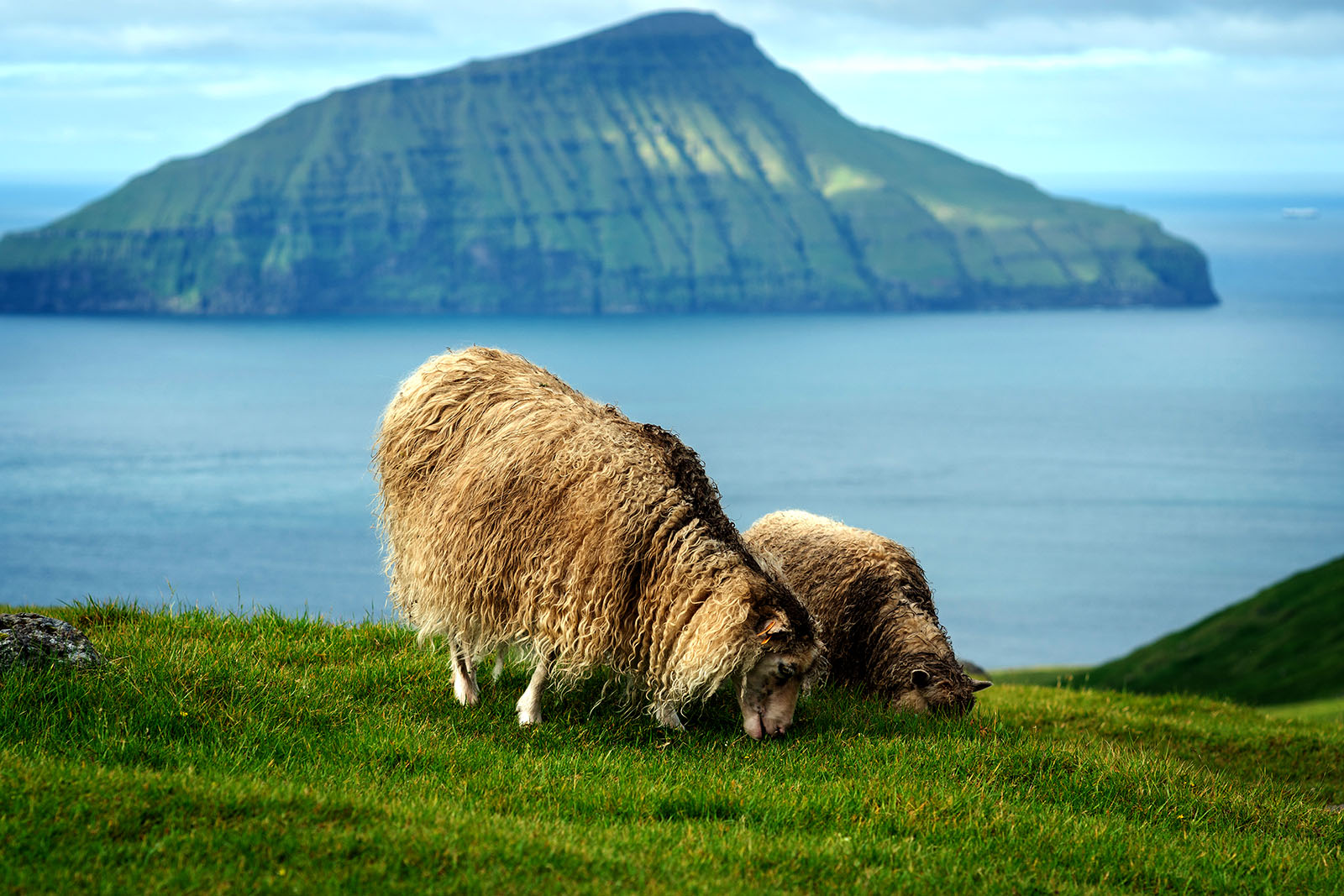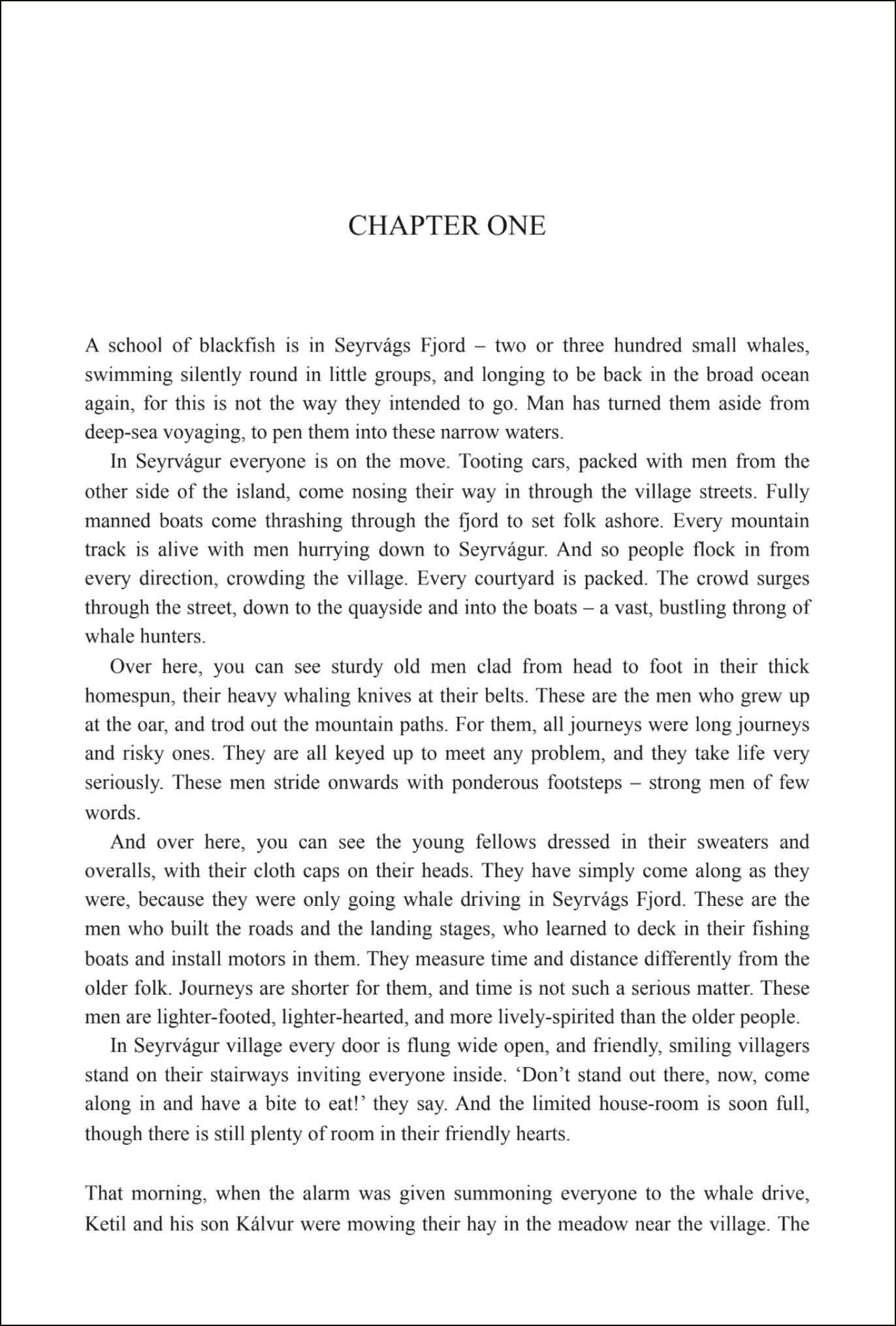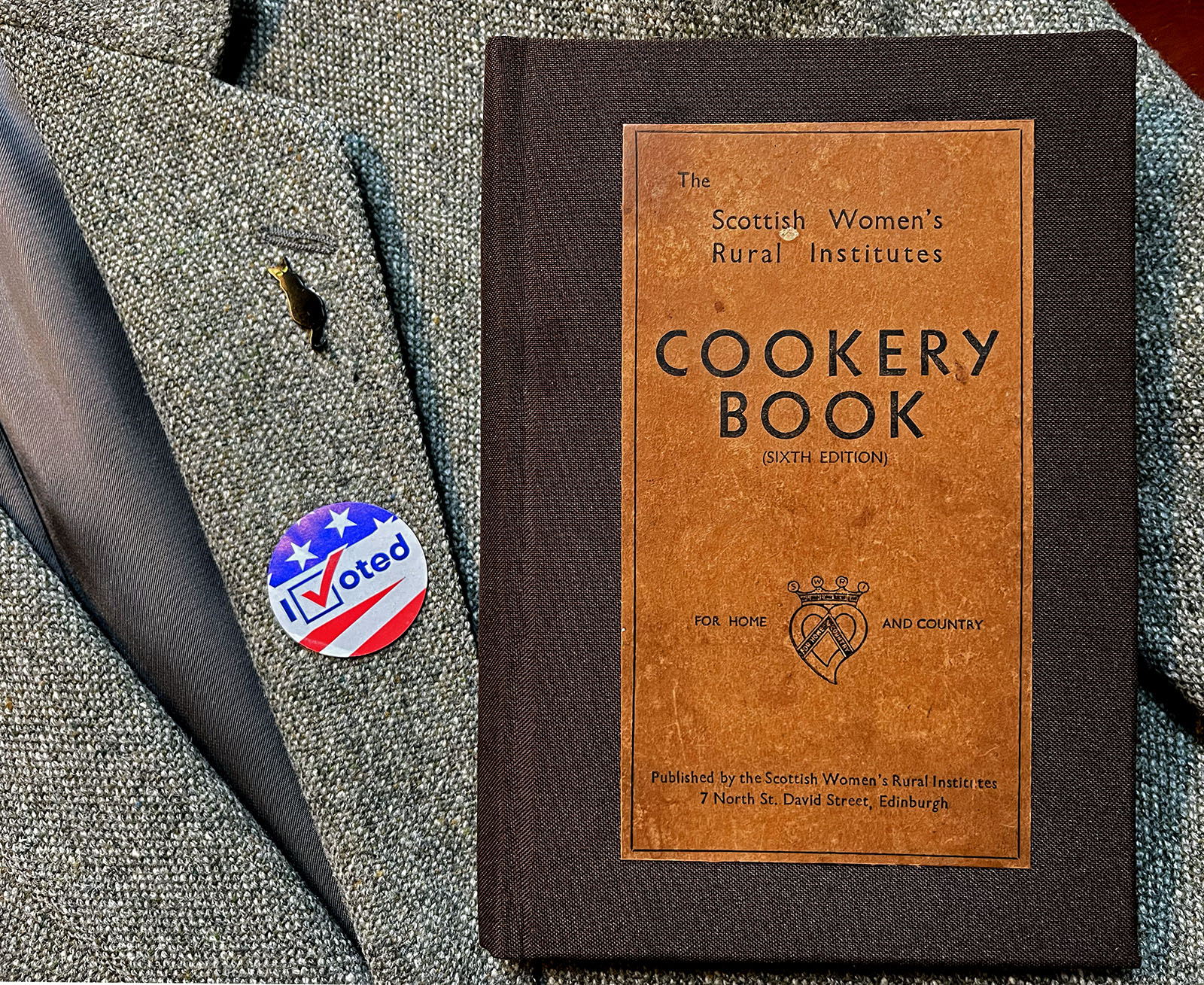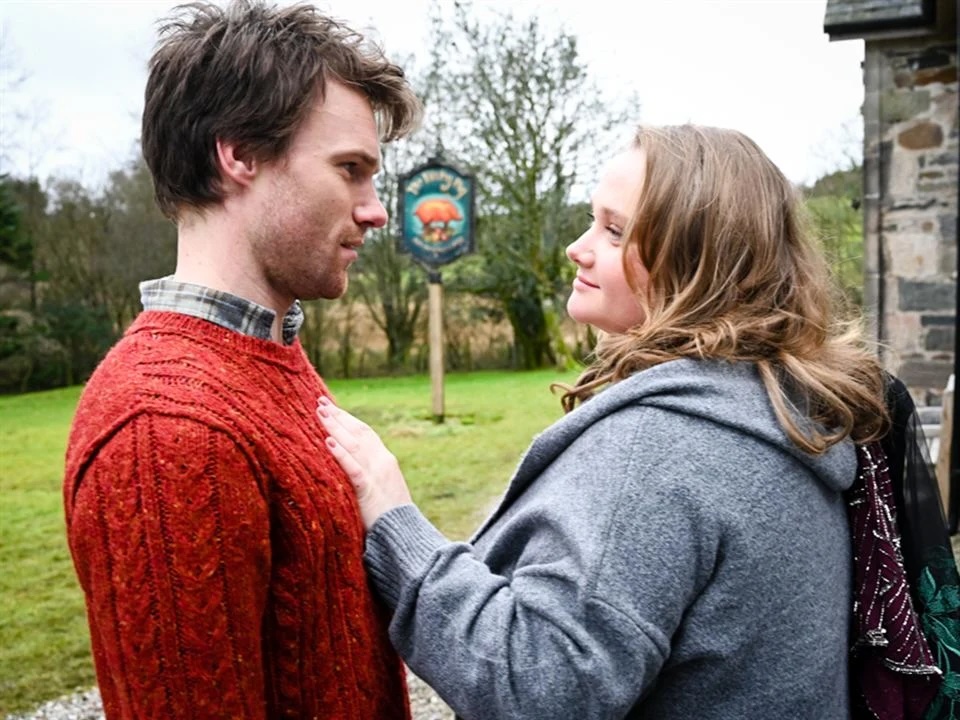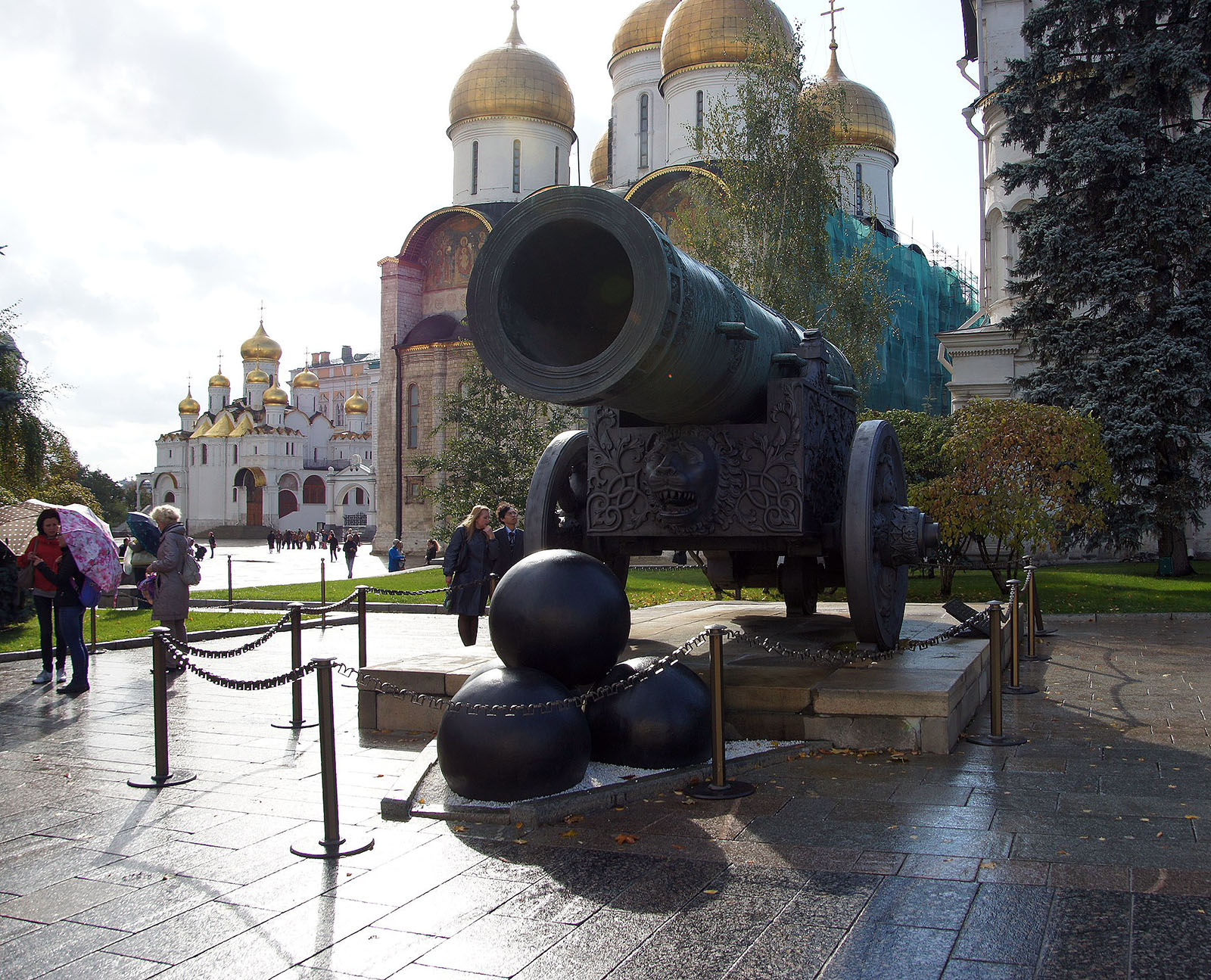
Heather Cox Richardson is an American historian. Her daily newsletters are a must-read every day, in my opinion. But today’s newsletter is a must-must-must read. Its subject is Russian disinformation, to which we are far more exposed than we usually realize.
Richardson writes:
“This means that the strategy that matters most for the Kremlin is not the military strategy, but rather the spread of disinformation that causes the West to back away and allow Russia to win. That disinformation operation echoes the Russian practice of getting a population to believe in a false reality so that voters will cast their ballots for the party of oligarchs. In this case, in addition to seeding the idea that Ukraine cannot win and that the Russian invasion was justified, the Kremlin is exploiting divisions already roiling U.S. politics.”
She is referring to a rather long piece posted on March 27 by the Institute for the Study of War, “Denying Russia’s Only Strategy for Success.” This piece, too, is a must-read. It’s not just about Russia and Ukraine. It’s about the sea of propaganda in which we all are immersed: “The Russian strategy that matters most, therefore, is not Moscow’s warfighting strategy, but rather the Kremlin’s strategy to cause us to see the world as it wishes us to see it and make decisions in that Kremlin-generated alternative reality that will allow Russia to win in the real world.”
We might ask: But what about the Institute for the Study of War? It’s an American think tank. According to the Wikipedia article, it’s funded mostly with corporate money. It claims to be nonpartisan. Is there any reason why we — as Heather Cox Richardson clearly does — should have more confidence in the output of the Institute for the Study of War (which Russia would say is American propaganda) than in the Kremlin’s output?
I have two friends, one of them American and one of them Danish, who take Russia’s side on Ukraine. I believe that they’re deceived by Russian propaganda. They believe that I’m deceived by American propaganda. But even if, for the sake of argument, we were to suppose that Russia’s case and the Western case are equally valid, there are still very rational reasons why I, as an American, should choose the Western case.
I’m an American citizen. I am subject to American, rather than Russian, law. If I ever get entangled with a court, whether as a plaintiff or as a defendant, that will be an American court, not a Russian court. In my working years, I made my living in the United States, and now that I’m retired my income depends on the American economy, not the Russian economy. When I was 19 years old, I was subject to being drafted into the American, not the Russian, army. I have an American passport, not a Russian passport. If World War III should start in my lifetime, I will need to count on American defenses for my survival, not Russian defenses.
Not by any means does this mean that I think that Putin is just as likely to be right about Ukraine — or about anything, really — as those of us in the West. Even if Putin’s perspective were saintly and golden, as an American it would still be rational for me to prefer American interests. Yes, as my American friend and my Danish friend like to remind me, the United States has made terrible mistakes. I certainly don’t deny that, and I even would claim that, as a liberal, my conscience has been cleaner, and my sight clearer, than the opposition’s when America has been wrong. Fortunately, though, it seems pretty clear in this particular case that the West can make arguments that are more sound and more just, and that it’s Russia that is trying to deceive us.



